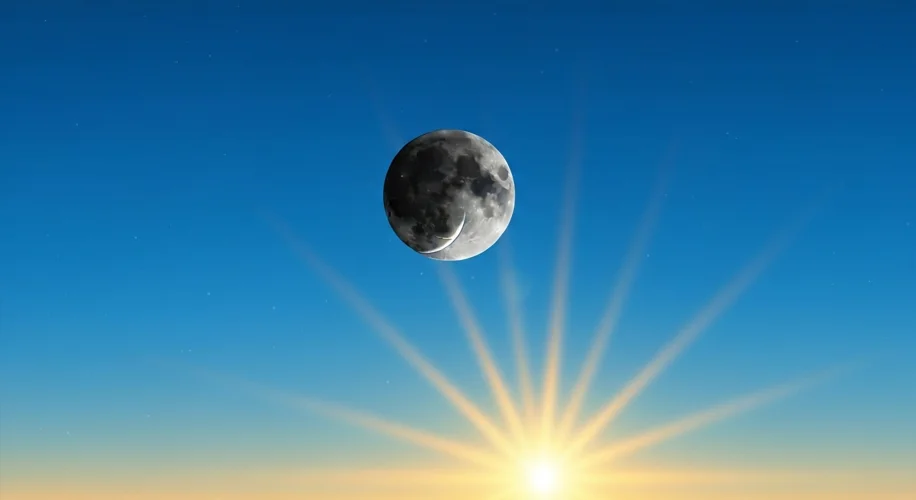Hey everyone,
Did you know there’s a special kind of full moon happening this weekend? It’s called a “Black Moon,” and it’s a pretty rare event. Since today is August 20th, 2025, we’re just a few days away from seeing it!
What Exactly is a Black Moon?
So, what makes a moon “black”? There are actually a few different definitions, but the one most people are talking about when they say “Black Moon” is the second new moon in a single calendar month.
Think about it: we usually have one new moon each month. A new moon is when the moon is between the Earth and the sun, so the side facing us is not lit up by the sun. It looks dark, or “new,” in the sky.
Normally, each calendar month has only one new moon. But sometimes, because the lunar cycle (about 29.5 days) doesn’t perfectly match up with our calendar months (which are 30 or 31 days long, except for February), we can get two new moons in one month. The second one is what we call a Black Moon.
This weekend, August 23rd, we will see the second new moon of August 2025, making it a Black Moon. This particular Black Moon is unique because it rises with the sun. This means that the moon is on the opposite side of the Earth from the sun, and the side facing Earth is fully illuminated. Wait, didn’t I just say a new moon is dark? Yes, and this is where it gets a bit confusing!
The “Black Moon” Rising with the Sun Confusion
The common definition of a Black Moon is the second new moon in a month. A new moon happens when the moon is between the Earth and the sun, and the side facing us is unlit. This means it’s in the sky during the day, near the sun. So, a new moon technically “rises with the sun” in the sense that it’s in the sky at the same time as the sun, but it’s invisible because it’s not illuminated from our perspective.
However, the phrase “Black Moon rises with the sun” is a bit of a misnomer if we’re talking about the second new moon. What’s likely being referred to is a rare occurrence where the new moon is technically in the sky during daylight hours, but it’s not easily visible because it’s not illuminated from Earth.
There’s another, less common definition of a Black Moon: the third full moon in an astronomical season that has four full moons. But the most frequent understanding is the second new moon in a calendar month.
What Can You Actually See?
Since this is a new moon, you won’t see a bright orb in the night sky. In fact, a new moon is the best time to see other celestial wonders because the moon’s faint light doesn’t wash them out. If you’re in a dark area away from city lights, this is a perfect opportunity to try some stargazing. You might be able to spot fainter stars, constellations, and even the Milky Way more clearly.
So, while you won’t see a dramatic visual change in the moon itself, knowing that you’re experiencing a rare celestial timing is pretty neat. It’s a great reminder of the fascinating rhythms of our solar system.
Keep looking up!

